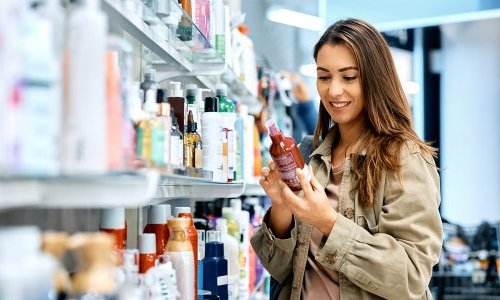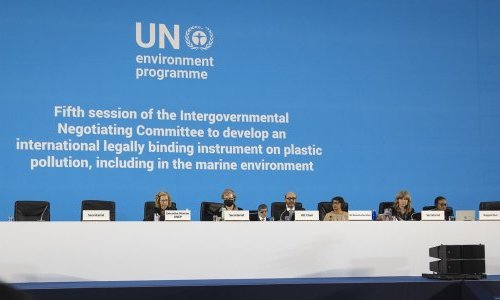According to figures presented by Circana, global Prestige Beauty market accounted for 18,4 bn US$ in 2023 with a growth of +14% in Europe and North America. Fragrances represented a total of 36% of market share (+11% in value vs. 2022).
Despite inflation and difficult economic situation, consumers are still looking for “Pockets of Indulgence” (as explored by Wunderman & Thompson and deciphered by Circana): 83% of people surveyed are seeking out experiences that bring joy & happiness in their lives, fostering balance between rationale money saving & enjoy indulgence & positive emotions. The Fragrance industry plays an important role in transcending “trivial” buying experience & product usage into a multi-sensorial emotional experience. Affordable emotions can come in new forms like solid perfume, body sprays, hair perfume or home scents.
Let’s look a bit closer at the niche world itself and see how it is evolving.
According to Michael Edwards, in 2023, 3314 launches were recorded on all the fragrances categories (+7% vs. 2022). For the Niche sub-category, the total number of launches reached a peak of 1563 (+16% vs. 2022) with an astounding +970% vs. 2003. A phenomenon that we could confirm at Esxence considering the size of the fragrance ranges showed by most exhibitors (an average of 5 to 10 different scents) and the different formats presented. Furthermore, regionals from Oceania, Asia and Middle East are also more and more present and dynamic with brands from South Korea, China, Japan, Australia or Argentina.
Over the last decades, being “niche” was merely a question of price, of distribution and of fragrance creation. Following the definition of Michael Edwards, NICHE is a category of “Artisan fragrances sold through limited distribution channels by brands that are exclusively niche. These fragrances are generally innovative and/or [highly] directional” where creativity is led by an in-house perfumer or creative director with a high-priced positioning and agile brand with a strong storytelling. We can refer here to the iconics and historics of the category, such as Diptyque (1973), L’Artisan Parfumeur (1976), Annick Goutal (1981) and closer to us Serge Lutens (1992) and Editions de Parfum Frédéric Malle (2001).
With acceleration of the mergers and acquisitions of brands in the niche perfumery over the last 20 years, some brands may have changed categories being today more “selective” than “niche” (Acqua di Parma, Tom Ford, Serge Lutens,…).
Definitions have evolved with the development of the category and also the boom of the Digital Native fragrance brands. We now need to look a bit further to understand where “alternative” or “artistic perfumery is going: majority of the brands still follow the old classification being premium to ultra-premium priced. On the other hand, we need to consider a new generation of brands offering “classic” fragrance formulations or fragrance alternatives (water-based, no-alcohol, solid) at price points that are far lower than the original definition of “over EUR180”, opening the door to “affordable niche” or “mass-niche” with no compromises on the quality, on the naturality and on the fragrance storytelling. In fact there is almost fifty shades of alternative perfumery depending on the brand universe, the naturality, the format, the price, the packaging art, the storytelling… bringing more diversity and excitement to us, fragrance lovers.
In the attached report, you will find my own selection of brands representative of the trends & dynamics of this ever-growing part of the fragrance industry in a tentative new segmentation.
Enjoy the reading.






















